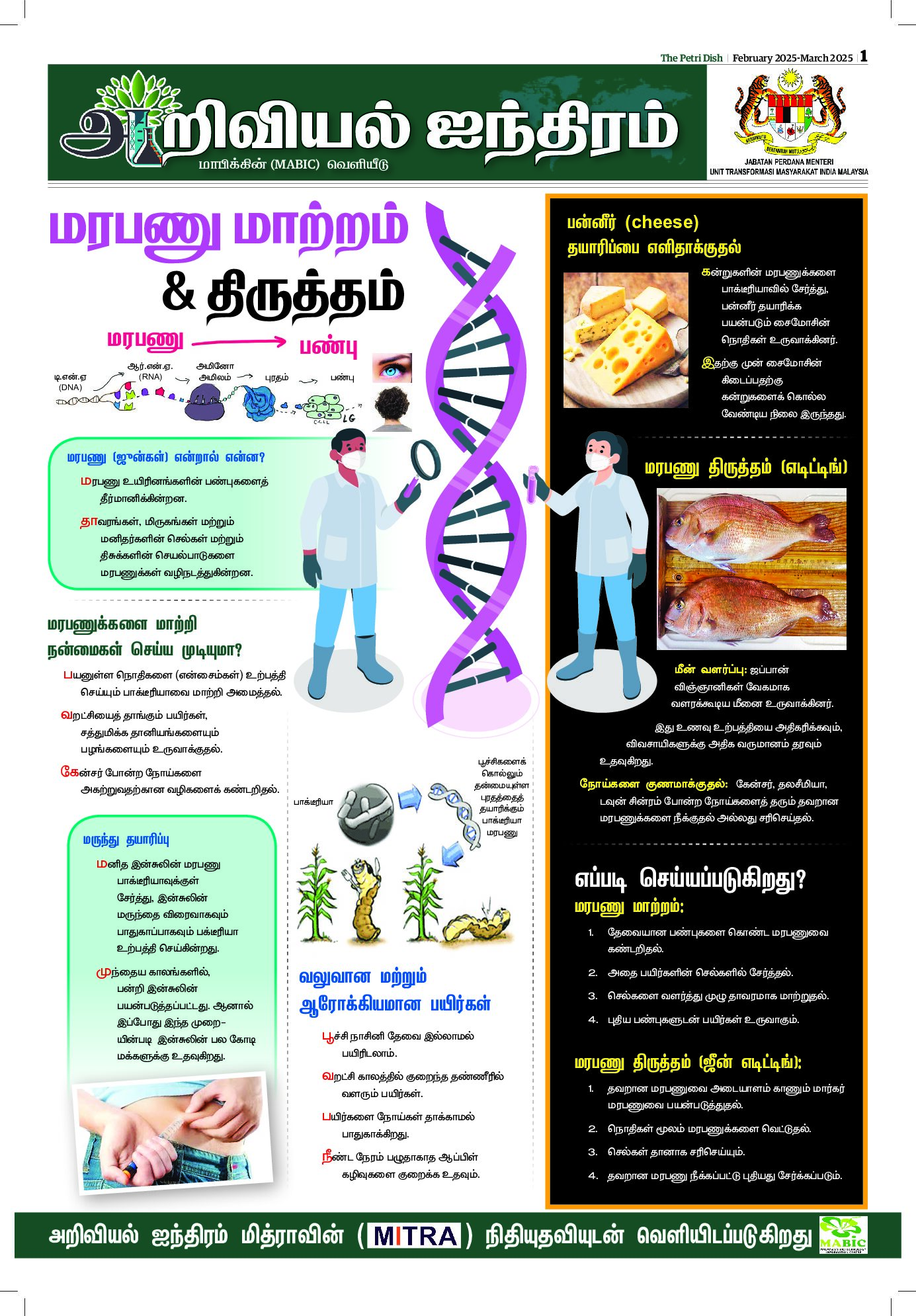THE value of being able to force disease-carrying mosquitoes away from biting human or animals is almost immeasurable. Diseases such as malaria, dengue, and Zika affect hundreds of millions of people annually due to female mosquitoes requiring nutrient-rich blood to support their developing eggs. However, there already exists a mosquito species called Wyeomyia smithii in which most of the bugs refuse blood meals in favor of sweet floral nectar. Now, a team of researchers led by scientists at the University of Oregon may help explain the evolutionary genetics of the switch from bloodsucker to flower fanatic.
Findings from the new study were published recently in Proceedings of the National Academy of Sciences (PNAS) in an article entitled “Evolutionary Transition from Blood Feeding to Obligate Nonbiting in a Mosquito.”
The Wyeomyia species, which lives in bogs and is present throughout much of North America, mostly dines strictly on plants. However, in Florida there’s a split in the population—some of the bugs go for blood. The researchers expect that all of the mosquitoes in the species once relied on blood for nourishment and that over time, some evolved to prefer
plants.
In the current study, the investigators examined the genes of the blood eaters and the vegetarians and found the relevant differences. The mosquitoes that still eat blood had more genes involved in sniffing out odors and fewer genes involved in light sensitivity.
“…we determined differential gene expression resulting from directional selection on blood feeding within a polymorphic population to isolate genetic differences between blood feeding and obligate nonbiting,” the authors wrote.
“We show that the evolution of nonbiting has resulted in a greatly reduced metabolic investment compared with biting populations, a greater reliance on opportunistic metabolic pathways, and greater reliance on visual rather than olfactory sensory input. W. smithii provides a unique starting point to determine if there are universal nonbiting genes in mosquitoes that could be manipulated as a means to control vector-borne disease.”
“It would make sense that finding blood meals would depend on odor detection and that nectar eaters would rely more on vision to find food,” added senior study investigator David Denlinger, PhD, emeritus professor of entomology at The Ohio State University.
Interestingly, the researchers also found a number of genes associated with digestion of proteins in the blood-eating mosquitoes. They examined genetics right as the mosquitoes were about to dine—not after— because they wanted a clear picture of genetic activity independent of a recent meal. The research team suspects that the majority of the species moved away from blood meals because of the associated risks—risks that include the aggravated patio-sitting human.
“Blood meals come at a cost. A person could swat you—even do you in,” Denlinger quipped.
Furthermore, protein-heavy blood meals are like Thanksgiving dinner—they produce a sluggishness, a lack of get-up-and-go that in mosquitoes can be counterproductive to staying out of a predator’s way. Moreover, the warm meal is a stressor on the mosquito’s body and can contain agents that are toxic to the bug.
“If you could survive without taking all those risks, there could be some evolutionary advantages,” Denlinger said.
Though the blood-eating bugs of the species in the study can be a nuisance, they don’t transmit disease. Yet, the research team is optimistic that this work could one day lead to strategies for controlling mosquito-borne illness spread by other species.
“The next step is figuring out the trigger or triggers that lead to the genetic changes we saw. It might be a simple molecular switch that regulates some of these genes,” Denlinger concluded. “If we could somehow shut off the capability to take a blood meal, that would offer exciting possibilities.” —GEN











